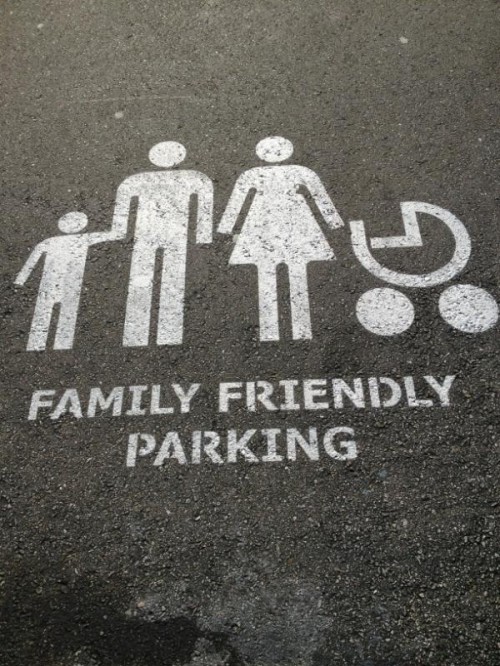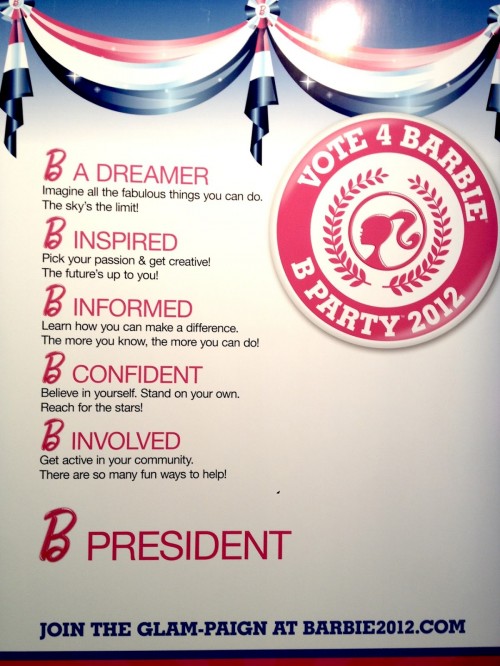 Cross-posted at Brad’s Blog.
Cross-posted at Brad’s Blog.
Here are a few commercials for the new MilkBite™ from Kraft. They play on stereotypes about mixed-race individuals.
[youtube]https://youtu.be/ffkDRynWAMw[/youtube]
Here is a transcription:
You didn’t think, did you? You, uh, didn’t think what life was going to be like for me — mom, dad — for your son.
In another commercial, the characters have the following conversation:
I just have a question. Your profile said you were milk.
Uh huh, yep, I am.
You just look like granola.
Granola, yeah, I know. I get that a lot. This was a mistake.
No, wait. Please don’t go. I’m kinda into it.
There are other spots on Kraft’s YouTube page, most playing on these same themes. The problem with a marketing campaign like this is that it trivializes the experience of people with multiple racial/ethnic identities who are still often met with derision and confusion. The first ad above perpetuates the self-fulfilling prophecy about “confused” identities. As a child, I remember family members telling me that they didn’t have a problem with interracial couples but worried about how others might react to their children.
In my classroom earlier this year, a young white woman expressed overt anger when I told the class that the 2010 2000 Census, for the first time, allowed individuals to check more than one racial category. “How can they do that?!!” she demanded to know. Living in a country with a president who had a black father and an white mother complicates all of this. Beyond the standard “post-racial America” narrative, Pres. Obama’s racial identity — even though he identifies only as black — means that people feel entitled to be dismissive of the problems that come with our increasingly complex constructions of race.
Anita Sarkeesian at Feminist Frequency points out that the marketers are likely fully aware of the inappropriate nature of these types of campaigns, and in fact, that is precisely why they launch them. They are seen as ironic, over-the-top, cynical, and tongue-in-cheek. It’s “they know that I know that they know” that it’s racist. It’s a virtual “wink and a nod.” Lisa Wade at SocImages points out that it’s a “no-one-will-ever-believe-we’re-serious” mindset. Sadly, not all people are in on the joke and will find their bigotry and ignorance reinforced, but the rest of us should know better than to perpetuate racism, even under the guise of humor.
————————
Bradley Koch is a sociologist at Georgia College. He is currently the co-director of the study abroad program based in Athens, Greece. His research interests include religion, sexuality, higher education, and teaching and learning. In his free time, Brad enjoys making music and riding his road bike around rural Georgia.







